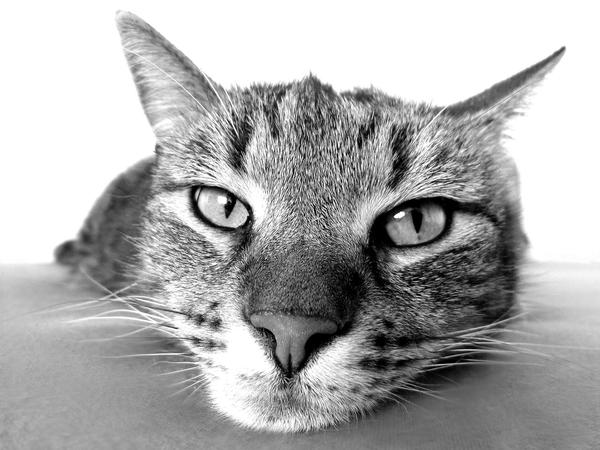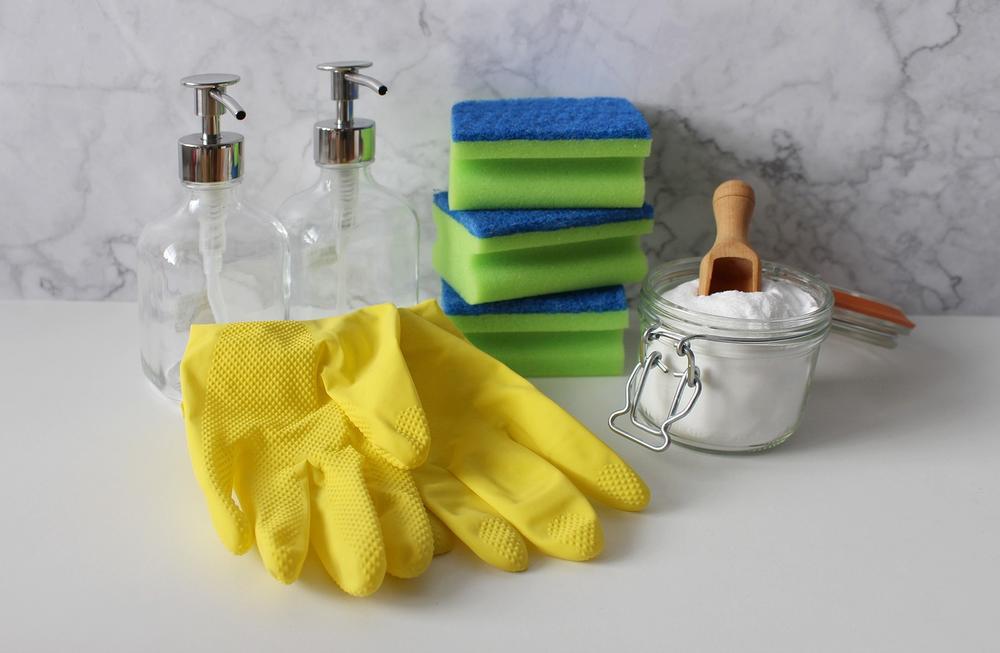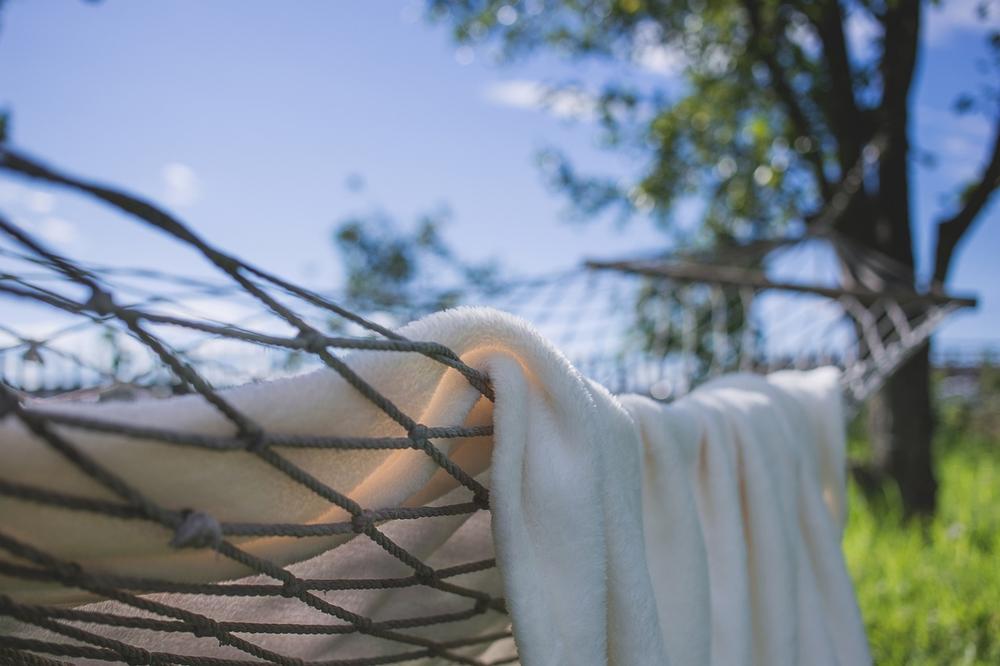How to Clean a Blanket Full of Cat Poop (Easy Instructions)

Tired of cat poop ruining your favorite cozy blanket?
Sick of scrubbing and scrubbing, only to have that stubborn stain still linger? 😫
Well, my determined friend, today's guide is here to save the day.
Don't wait another second, because the longer you wait, the worse it gets.
Removing Excess Poop

Here's how to remove excess poop from your cat, while keeping things clean and safe:
- First things first, prioritize your hygiene and safety. Wear disposable gloves when handling cat feces to protect yourself from bacteria and minimize the risk of spreading it.
- To prevent any health risks, make sure to promptly get rid of the waste. Cat poop can carry dangerous bacteria and parasites that can harm both you and your furry friend, so don't procrastinate on cleaning it up.
- Create some boundaries for your litter box. Train your cat to consistently use it, so you can avoid messy situations and maintain a hygienic environment.
- Solid waste found on blankets and fur should be removed using gloves or a spoon. Dispose of it in a plastic bag to prevent any contamination or the spread of bacteria.
- If your cat has poop on their fur, tackle the solid waste first and then apply an enzyme cleaner to get rid of any lingering smells or residue.
- Use paper towels to blot up any liquid and make sure to vacuum to get rid of any remaining debris.
- When dealing with contaminated blankets, gently dab the affected area with a damp cloth to avoid splattering fecal particles elsewhere.
- Act swiftly when it comes to cleaning cat feces on furniture and rugs to prevent any stains or odors from setting in.
- If your bed comforter or mattress is involved, it's important to clean it up immediately. Begin by vacuuming the mattress to remove any loose bits.
By implementing these suggestions, you can successfully eliminate feline excrement and uphold a hygienic and secure setting for yourself and your pet cat. 😺
Main points I'll expand upon further down this article:
- Consider investing in protective covers for your blanket and mattress.
- Soak the blanket in cool water with mild detergent to loosen stains.
- Be careful not to get the mattress too wet while cleaning.
- Disinfect surfaces with bleach to prevent the spread of COVID-19.
- Wash the blanket with hot water to kill bacteria and parasites.
- Rinse the blanket well with cool water and use stain remover if necessary.
- Use a gentle cycle in the washing machine with mild detergent.
- Use store-bought or homemade stain removers to remove stains.
- Enzymatic cleaners break down molecules in stains and odors.
- Air-dry the blanket and mattress to prevent fabric damage.
And now, let me walk you through the next steps to effectively cleanse the cat poop off your blanket...
Soaking the Blanket
Fill the bathtub or large basin with cool water and add a mild detergent made for delicate fabrics.

You should think about getting blanket covers and protective toppers for your mattress and sheets. Soak the blanket in cool water with mild detergent to get rid of any remaining poop and stains, but ensure not to get the mattress too wet. To prevent the spread of COVID-19, the CDC recommends disinfecting surfaces with bleach.
Rinsing the Blanket
After you've soaked the blanket to get rid of any dirt or stains, it's time for the next step:
Rinsing.
You want to ensure you rinse the blanket really well with clean cool water.
This way, there won't be any leftover soap sticking around and your blanket will be fresh and clean.
Also, using hot water when washing can effectively get rid of bacteria and parasites that might be hiding on the fabric.
Once you're done with the washing part, give the blanket a nice rinse with cool water to remove any remaining soap or detergent.

If there are still some tough stains on the blanket, you can try using a stain remover or making a mixture of water and vinegar to help lift them off.
And when it comes to actually washing the blanket, it's best to use a gentle cycle in the washing machine with a mild detergent. This will help keep the blanket in good shape and prevent any damage.
With these steps, you'll end up with a freshly rinsed and clean blanket all set to go! 😊
And it gets better...
There are various options available to tackle those stubborn poop stains on your blanket.
From store-bought stain removers to homemade solutions, we've got you covered with effective methods to ensure a stain-free and fresh-smelling blanket.
So, let's dive in and explore these stain-fighting techniques!
Effective Stain Removal Techniques for Soiled Blankets
When it comes to getting rid of poop stains on a blanket, you have several options.
Let me give you some helpful techniques to get those tough stains out:
- Just dab a bit of store-bought stain remover directly on the stubborn stains for targeted removal.
- Whip up your own stain-fighting mix using dishwashing liquid, white vinegar, and warm water.
- Before washing the blanket, make sure to tackle the stained areas first. Apply the stain-fighting solution and gently scrub to prevent those pesky stains from sticking around.
- Mix baking soda and white vinegar together as a DIY solution that not only removes stains but also odors. Then use enzymatic cleaners for an extra level of cleanliness.
- If you've got pet stains, try using upholstery cleaners specially made for them. Let it sit for ten minutes before blotting with a dry cloth.
- Enzymatic cleaners are super handy in getting rid of both stains and odors. They break down those poop molecules absorbed by the fabric.
- To get rid of any leftover smells, apply some white vinegar or sprinkle baking soda on the area. Vacuum thoroughly afterwards.
- Always test vinegar solutions on a small spot first, and go for water-based cleaning solutions to safely and efficiently remove stains from upholstery and mattresses.
- When dealing with really stubborn stains, consider using steam cleaners with upholstery attachments.
- Remember to spot-test any cleaning solution you're using. And if you're unsure, seek advice from communities and closely follow disinfectant usage instructions to keep yourself safe and healthy.
With these techniques, you'll be able to clean dirty blankets effectively and bring back their former glory! 🧽
And now, let me guide you through the proper drying process to ensure your blanket is completely fresh and ready for use...
Drying the Blanket
Drying the blanket is an important step to ensure it's clean and fresh.
Here are some tips to help you dry your blanket effectively:
- After cleaning, lay the freshly cleaned blanket flat on a drying rack or over a clothesline. This allows air to circulate around the blanket and aids in the drying process.
- If sun-drying isn't possible, use a fan to circulate air. This helps speed up the drying time and ensures that the blanket dries evenly.
- Avoid using a dryer, as it can cause damage to the fabric. Air-drying is recommended to maintain the quality of the blanket.
- Remember to wash blankets in the washing machine to remove any cat poop stains. This will help keep the blanket clean and sanitary.
- It's also important to air-dry comforters before placing them back on the bed. This prevents any moisture from getting trapped between the mattress and blanket.
- Make sure the mattress is fully dry before making the bed again, as residual moisture can lead to mold and mildew growth.
Following these steps will help ensure your blanket is clean, fresh, and ready to use!
And that wraps up today's article.
Just one question before you leave: Did my blog post help you out? If it did, I would be incredibly grateful if you shared it with your loved ones. Sharing is as easy as clicking on any of the social media icons. Thank you so much!
Talk soon,
-Sarah Davis